Collection
Country
Type
85 results
Legacies on Display: Slavery in Museums
Museums are exciting places to see the usable past in action. They bring together objects, people and places to provide interpretation and facilitate discussions on a range of topics, from history to human rights. There is a global tradition of museums representing slavery beginning in the early twentieth century. These museums range from small, local community museums in the UK, that focus on individual abolitionist leaders, to redeveloped slave forts on the West African coast and large national institutions in North America. As well as providing visitors with information about slavery, both historic and modern, museums can also provide evidence as to how societies are thinking about these issues.
This collection showcases museums across the world that house permanent exhibitions relating to slavery and abolition.

Swellendam Drostdy Museum
Swellendam Drostdy Museum is one of 28 museums affiliated with the Western Cape Provincial Government's Museum Service. The museum is located in the former court complex in Swellendam, built in 1747 when Swellendam was situated on the frontier of the Dutch Cape of Good Hope. It was founded in 1939…
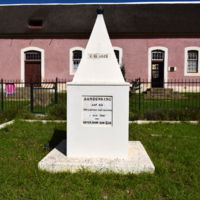
Elim Heritage Centre
Elim Heritage Centre was opened in 2009 in the Moravian mission village of Elim. Situated in the former mission store, it relies on funding from a grant by SAN Parks which permits a modest salary for its sole member of staff. Elim was established in 1824 and, in common with other mission stations in…
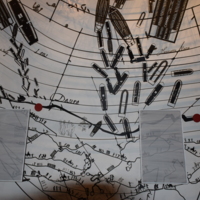
Freedom Park
Freedom Park opened in 2006 having been established as a Legacy Project of South Africa’s second democratically-elected president, Thabo Mbeki. Nine sites were established as Legacy Projects, receiving ample state funding as spaces considered priority sites in preserving national history. Freedom…
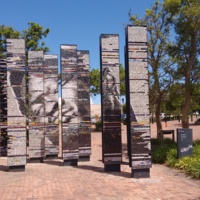
Spier
Spier is a wine estate, situated east of Cape Town close to Stellenbosch. It was founded in 1692 and, as with the majority of South African wine farms of a similar age, its early labour force rested on enslavement. Spier was one of the first wine farms to develop itself as a tourist attraction…
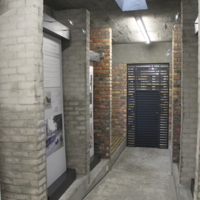
Prestwich Memorial
The Prestwich Memorial opened in 2008 as an attempt at resolving a protracted and sometimes unsavoury dispute sparked in 2003 when a property developer discovered human remains in central Cape Town whilst digging the foundations for an apartment complex. These remains were likely those of the…
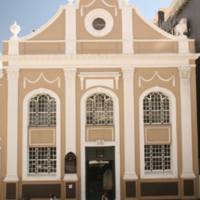
Sendinggestig
The Sendinggestig opened in 1977, situated in an old mission church which still functions for ceremonial purposes though lost its congregation – which mainly comprised poorer black and coloured people – when the terms of the Group Areas Act were applied to inner city spaces. The museum is…
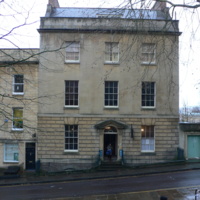
The Georgian House
The Georgian House was built in around 1790 for a plantation owner and sugar merchant named John Pinney (1740-1818), who settled in Bristol when he left Nevis. Two black servants, one bought as a child, the other born on Pinney’s Nevis plantation, also lived and worked in the house: Pero Jones…
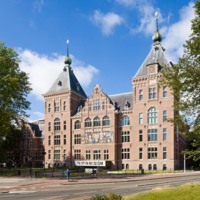
Tropenmuseum of World Cultures
The Tropenmuseum of World Cultures (direct translation; Museum of the Tropics) is an ethnographic museum, founded in 1864. Housed in one of the 'most impressive buildings in Amsterdam', the museum features eight permanent exhibitions and a series of temporary exhibitions. The key theme of the museum…
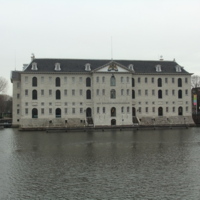
Het Scheepvaartmuseum
Het Scheepvaartmuseum is the National Maritime Museum of the Netherlands. Housed in a seventeenth-century naval storehouse, the museum showcases the ways in which Dutch culture has been influenced by the sea. A vast array of collections, including paintings, maps, maritime instruments and weapons…
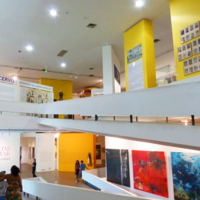
Museu Afro Brasil
First opened in 2004, the Museu Afro Brasil is a contemporary museum which seeks to showcase the contributions of black communities to Brazil and its culture. There are over six thousand objects in the collection, including paintings, sculpture, photographs, ceramics and textiles. Through all of…
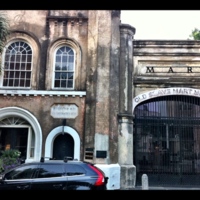
Old Slave Mart Museum
The first African-American Museum, the Old Slave Mart Museum has been open sporadically since 1938. Located in Charleston, South Carolina, it was built in 1859. It is thought to have been the last surviving slave auction gallery in South Carolina. It was used briefly before the American Civil War…
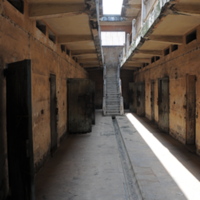
Ussher Fort Museum
The museum is housed within Ussher Fort, one of three European forts built in the Accra region of Ghana during the mid-seventeenth century. Developed by Ghana's Ministry of Tourism, with support and funding from UNESCO, the museum opened in 2007.
The museum aims to highlight the history of the…
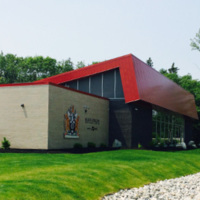
Black Loyalist Heritage Centre
The Black Loyalist Heritage Centre interprets the story of the world’s largest free African population outside of Africa in the late eighteenth century in Nova Scotia. Set in two acres of grounds, the centre combines purpose-built archives and conference facilities with historic buildings and the…
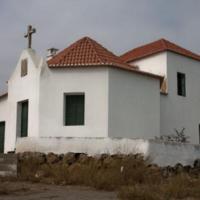
National Museum of Slavery
The Angolan National Museum of Slavery (or Museu Nacional da Escravatura in Portugese) was founded by the National Institute of Cultural Patrimony in 1997. Its main aim is to depict the history of slavery in Angola. The museum is situated in a chapel which once belonged to Álvaro de Carvalho…
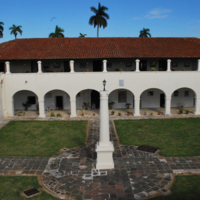
Museo Nacional Ruta del Esclavo
The Museo Nacional Ruta del Esclavo (Slave Route National Museum) is housed in San Severino Castle, in the Matanzas district of Cuba. It opened in 2009, as the product of UNESCO's Slave Route project. Off the beaten tourist track, the museum in the seventeenth-century castle receives few visitors.…
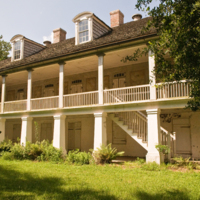
The Whitney Plantation
Widely claimed to be the first museum in America to solely address slavery, the Whitney Plantation is a plantation estate, museum and memorial outside New Orleans, on Louisiana's famed River Road. During the eighteenth and nineteenth centuries, the plantation was home to the Haydel family, and their…
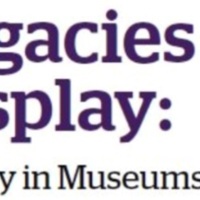
Hanover Museum
The Hanover Museum dates back to the eighteenth century, and is housed in a former slave prison. It was redeveloped in 2011 and now stands as an important symbol of resistance to the people of Jamaica. Situated in the small town of Lucea, between Montego Bay and Negril, the museum sits within a…
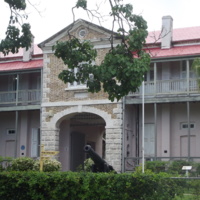
Barbados Museum and Historical Society
The Barbados Museum and Historical Society was founded in 1933. It is a not-for-profit, non-governmental organisation which aims to collect, preserve and interpret Barbadian heritage for its communities. Housed in a former prison, the museum now holds a collection of around half a million objects,…
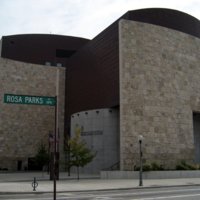
National Underground Railroad Freedom Centre
The National Underground Railroad Freedom Centre opened in August 2004 and has since strived to tell the stories of those who have fought for freedom from the Underground Railway to the present day in the hope of challenging people’s ideas about inclusivity and freedom. The museum also aims to…
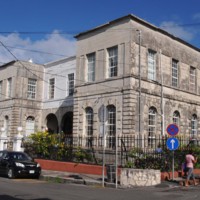
Museum of Antigua and Barbuda
Housed in the former courthouse of Antigua's capital, St John's, the Museum of Antigua and Barbuda opened in 1985. Managed by the Historical and Archaeological Society, it interprets the history of Antigua from the island's geological birth until its political independence in 1967. Collecting is…